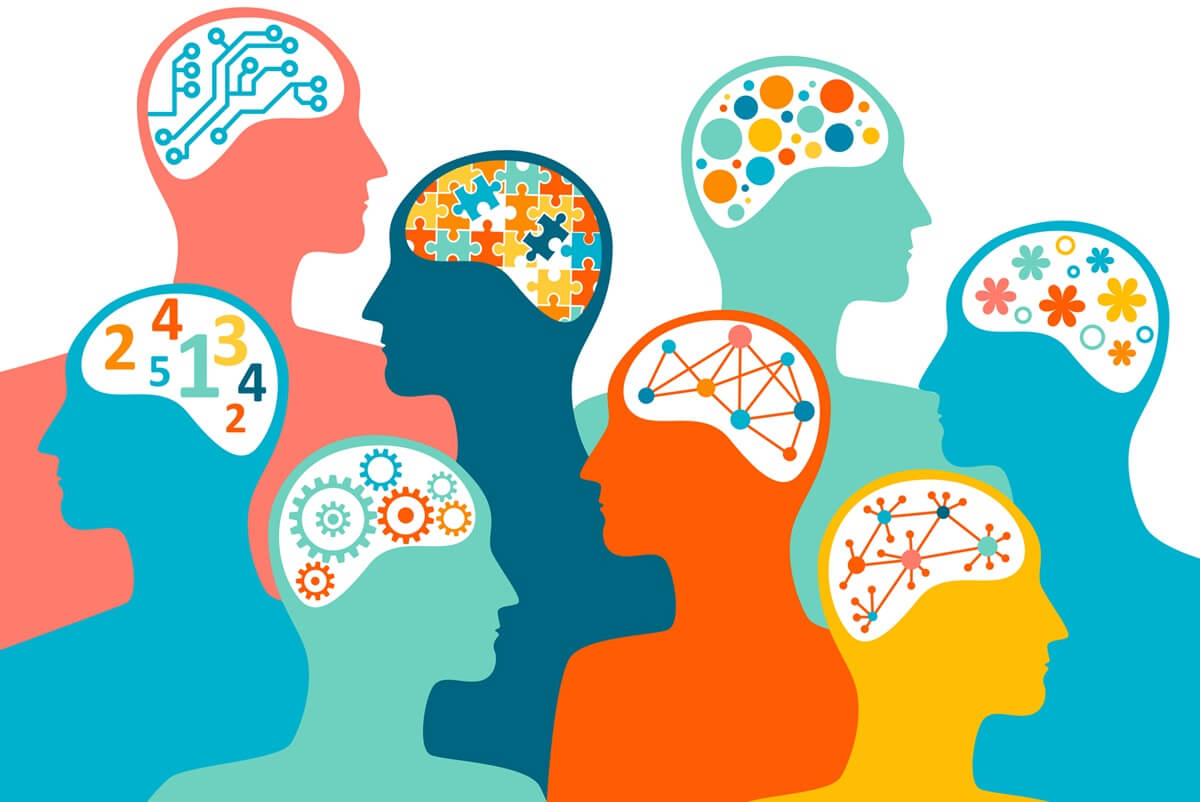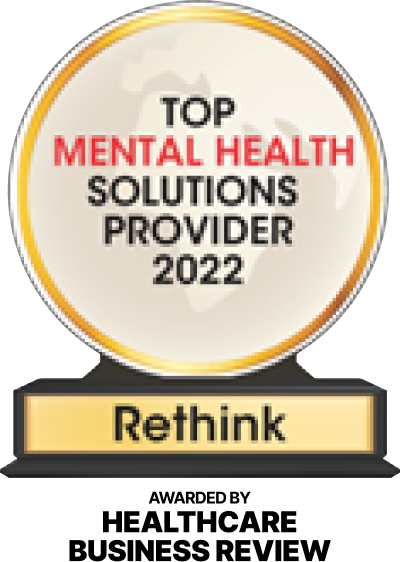There’s been more and more talk lately about meditation as a way to reduce stress. But what is it exactly?
Meditation is like dusting the cobwebs out of your mind and freeing it from worry and fear. If you often feel overwhelmed, anxious, or so stressed that you get a headache or your muscles are in knots, meditation just might be the remedy for you. Meditation is easy to do, doesn’t cost anything, and only takes a few minutes of your time. And if you do it every day, you’ll learn how to take a breath, relax, and clear the clutter out of your mind.
How Does Meditation Work?
In Asia, where meditation originated, the goal of meditation is to reach a “mystical” or “higher” consciousness. But Dr. Herbert Benson of Harvard Medical School, the author of The Relaxation Response, has found that meditation can also elicit a “relaxation response,” a state of complete rest and relaxation. This is the complete opposite of the stress response, which floods your body with stress hormones (cortisol) to prepare you for a “fight or flight” response. Over time, this can wear your body down. But getting a relaxation response through meditation can bring your body back into balance by reducing your stress level, slowing your heart rate and blood pressure and relaxing your muscles. Some of the other amazing physical and mental health benefits of meditation include:
- Stronger immune system (less sick days at school)
- Reduced stress
- Improved memory (maybe you can do better on tests!)
- Increased energy and focus (better athletic performance)
- Relief for aches and pains
- Heightened problem-solving skills
- Help manage anxiety or depression
- Increased productivity and motivation (homework helper)
Meditate Using Rhythmic Breathing
The most common way to meditate is to use rhythmic or diaphragmatic breathing, which is usually concentrating on your breath as a focal point of your attention. Here are some tips for meditating in this way:
- Meditate in the morning or evening. Ideally, you should meditate before meals, in the morning before breakfast or in the evening before dinner. But whenever you can find the time, anywhere from 5-20 minutes, try to make it a part of your daily routine, like taking a shower or brushing your teeth.
- Find a clean, quiet place to meditate. You can meditate in the privacy of your own home, at the beach or on a park bench, as long as it’s a quiet place where you will not be distracted by loud noise or other people.
- Make sure you are comfortable. Sit cross-legged on a cushion or chair with your back, head and neck in a straight line and wear comfortable clothing. It’s best not to lie down because you might fall asleep.
- Clear your mind of all your thoughts. At first, let your mind wander, and let it rest on a focal point, such as a candle flame, a beautiful picture, etc.
- Concentrate on rhythmic breathing. While counting 1, 2, 3:
- Sit up straight and place one hand on your chest and the other on your stomach.
- Take a deep breath through your nose, filling your lungs as much as possible.
- As you inhale, the hand on your stomach should rise.
- Now exhale through your mouth, and you should feel your stomach muscles contract.
- Continue inhaling and exhaling for a count of 3 seconds for each breath.
- Try doing this for 5 minutes and then work your way up to 20-30 minutes twice a day.
Give Meditation a Try
Besides meditation as a great stress management skill, you might want to try other forms of relaxation, such as yoga and Tai Chi. But if you try meditation, even once, you will notice how much calmer and relaxed you feel. You might not get it right away, but with practice, patience and determination, the easier it will become. You will find that you are more relaxed, have more energy, and are at peace with yourself. So the next time you feel stressed, try taking a mini vacation in your mind. Your body will thank you for it.
This article is republished from Bodimojo’s website here with their permission.
Photo by Esther Tuttle on Unsplash










